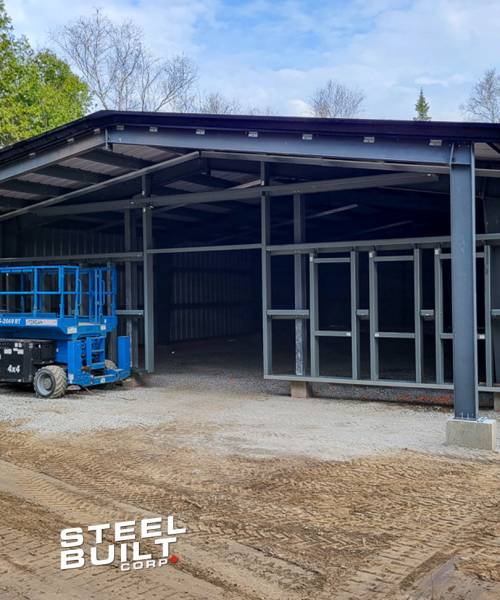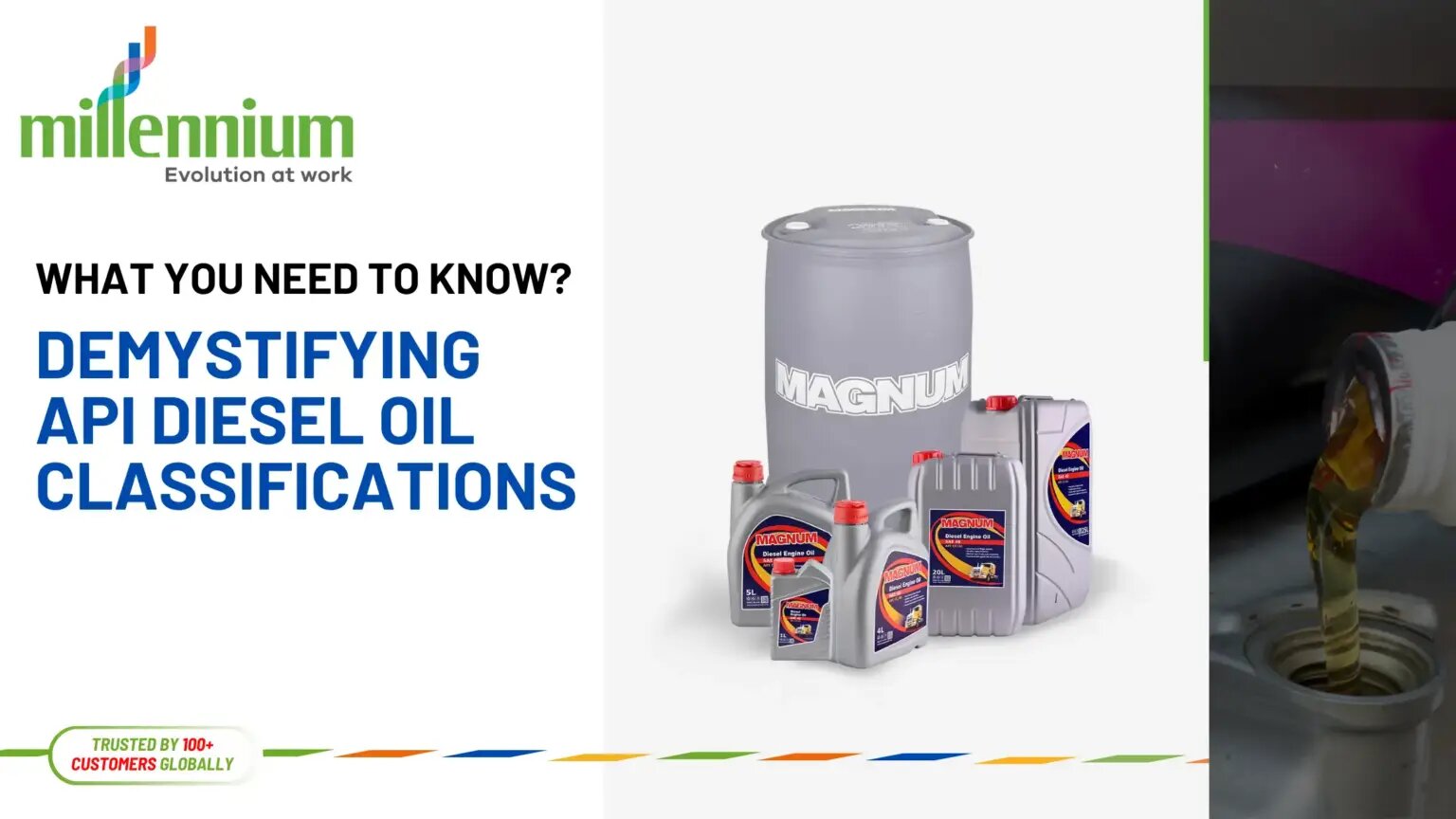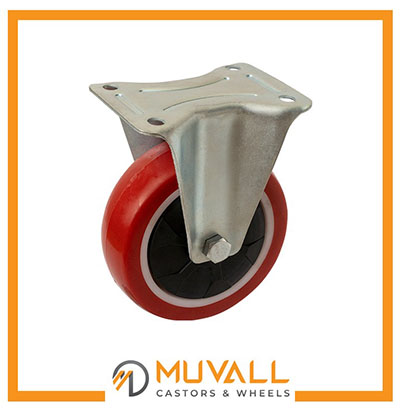Introduction
Metal steel buildings have transformed the construction industry with their exceptional strength, versatility, and sustainability. These structures, made primarily from steel, are used for a wide range of applications including commercial, residential, agricultural, and industrial purposes. This article delves into the various advantages of metal steel buildings, their diverse applications, and the reasons why they are a preferred choice for modern construction.
Advantages of Metal Steel Buildings
Strength and Durability
One of the most notable advantages of metal steel buildings is their incredible strength and durability. Steel is a high-tensile material, meaning it can withstand substantial stress and strain without deforming. This makes steel buildings particularly resilient to natural disasters such as earthquakes, hurricanes, and heavy snow loads. Unlike traditional building materials like wood, steel does not warp, crack, or rot, ensuring the longevity and stability of the structure.
Cost-Effectiveness
Metal steel buildings are often more cost-effective than traditional construction methods. The prefabricated components of steel buildings are manufactured off-site and then assembled on-site, reducing labor costs and construction time significantly. This efficient building process not only minimizes delays but also helps to keep projects within budget. Additionally, the durability of steel means lower maintenance costs over the building’s lifetime.
Versatility in Design
Steel’s inherent flexibility allows for innovative and varied architectural designs. Metal steel buildings can be customized to suit any purpose, whether it’s a commercial warehouse, an industrial plant, a residential home, or an agricultural barn. The ability to create large open spaces without the need for internal support columns makes steel buildings ideal for many different uses. Furthermore, steel can be shaped and finished in various ways to achieve the desired aesthetic, from sleek modern facades to traditional appearances.
Environmental Sustainability
In an age where sustainability is a growing concern, metal steel buildings stand out for their eco-friendliness. Steel is one of the most recycled materials on the planet. The recycling process of steel not only conserves raw materials but also requires less energy compared to the production of new steel. Moreover, steel buildings can be designed to be energy-efficient, with superior insulation that reduces heating and cooling costs. Many metal steel buildings also incorporate renewable energy systems, such as solar panels, enhancing their sustainability.
Applications of Metal Steel Buildings
Commercial and Industrial Uses
Metal steel buildings are widely used in commercial and industrial sectors. Their ability to support large spans and heavy loads makes them perfect for warehouses, factories, distribution centers, and retail spaces. The quick construction process is particularly beneficial for businesses that need to start operations quickly, minimizing downtime and maximizing productivity.
Agricultural Structures
In agriculture, metal steel buildings are commonly used for barns, storage sheds, and livestock shelters. These structures provide the durability needed to protect valuable equipment and livestock from the elements. Steel’s resistance to pests and its low maintenance requirements are additional benefits for agricultural applications. Customizable designs can include features such as ventilation and insulation systems, essential for maintaining optimal conditions for storage and livestock welfare.
Residential Buildings
While traditionally used for commercial and industrial purposes, metal steel buildings are increasingly popular in residential construction. Modern steel homes offer a sleek, contemporary look and are highly customizable. They provide enhanced durability against issues like termite damage and mold growth, ensuring a longer lifespan and a healthier living environment. The flexibility in design allows homeowners to create unique and innovative living spaces that reflect their personal style.
Recreational and Institutional Buildings
Metal steel buildings are ideal for recreational and institutional facilities. Sports arenas, community centers, gyms, and educational institutions benefit from the large open spaces and structural integrity that steel provides. Healthcare facilities also turn to steel construction for its safety, durability, and cost-effectiveness, making it a reliable choice for buildings that serve public needs.
The Future of Metal Steel Buildings
The future of metal steel buildings looks bright, driven by continuous technological advancements and a growing emphasis on sustainable construction practices. Innovations such as 3D printing of steel components, advanced coatings that enhance durability, and smart building systems that integrate with steel structures are poised to make steel construction even more efficient and adaptable.
As urbanization continues and the need for sustainable development grows, metal steel buildings are likely to become even more prevalent. Government policies promoting energy efficiency and reducing carbon footprints will further support the adoption of steel construction. Additionally, the adaptability of steel buildings makes them well-suited to meet the changing needs of urban development, providing practical solutions for housing, commercial spaces, and public infrastructure.
Conclusion
Metal steel buildings have revolutionized the construction landscape, offering unparalleled advantages in terms of strength, cost-effectiveness, versatility, and environmental sustainability. From commercial warehouses to residential homes, steel structures meet the diverse needs of modern construction. As technology advances and the push for sustainable building practices intensifies, metal steel buildings will continue to play a crucial role in shaping the future of construction, providing resilient and innovative solutions for the built environment.





